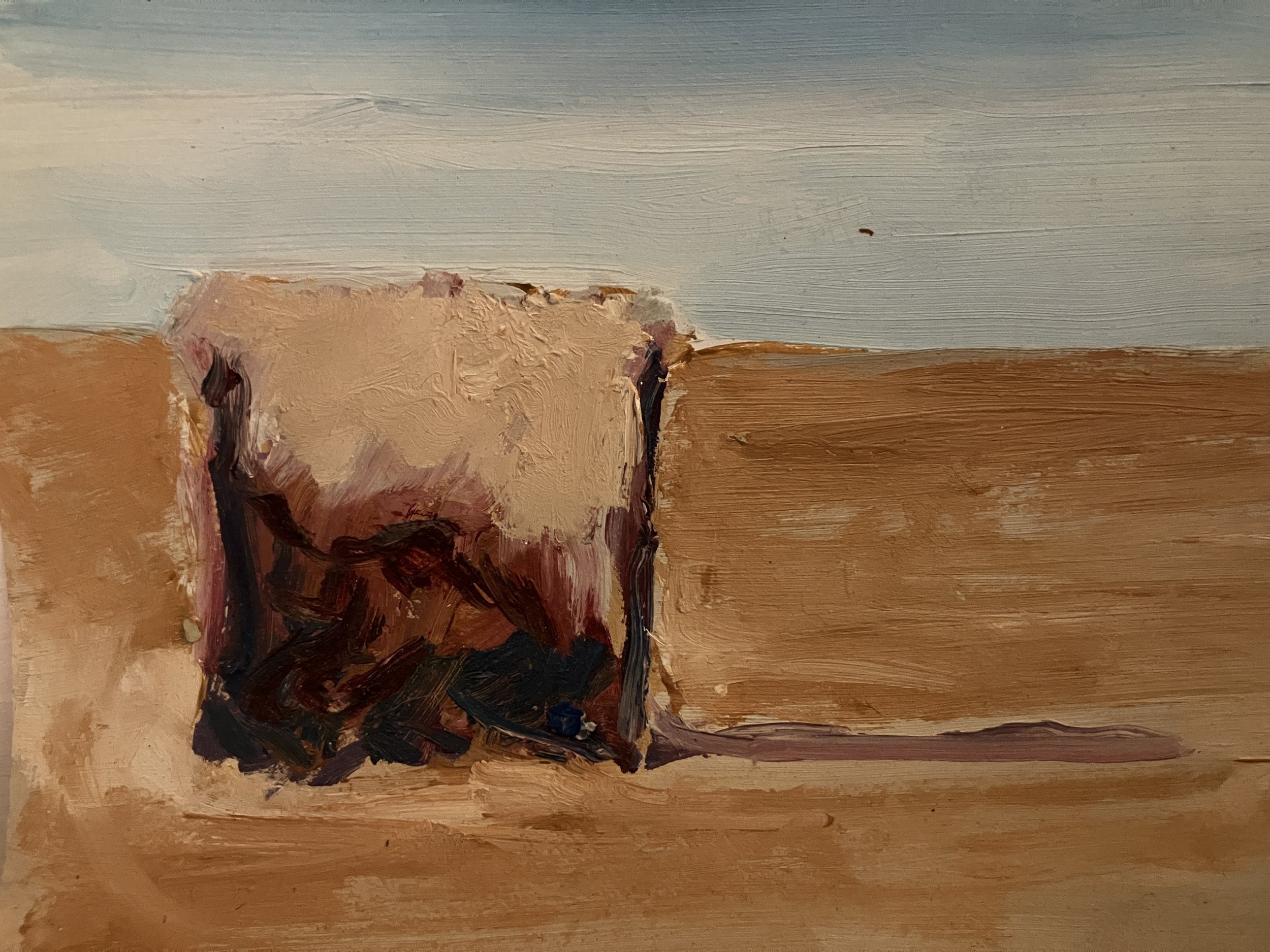Get throwing your stones
We thought it was obvious, but it obviously wasn’t.
Like a bad joke we had to explain it, but thereafter it quickly became beloved and we would hear it all over school.
Suddenly everyone was throwing their stones.
Not literally of course, though this was the provenance. No, it was symbolic, metaphoric:
a stone hits the water causing a splash and then ripples radiate outwards, upsetting the calm order of things.
We love the initial impact, of course, but it’s the ripples that we’re after; each wave an echo we hope will return to us.
Schools will dissolve
We talked all night and finally agreed: schools will dissolve.
And this is because we don’t really need them anymore. Not like this.
But don’t panic, the God-given core is solid. A child takes their learning with them wherever they go, carried in a pocket between the heart and the brain. Schools are just bricks and mortar and ages of dusty paradigm; set out all wrong for the now and next. But be at peace with that. It’s okay. For the child, school is anywhere they find themselves because they are always hard at work on something. That’s the beauty of it all.
So now we know this, let’s throw a stone and watch for upsetting.
Will we be dissolved?
I doubt it.
As adult humans we will always have an indisputable role to play. As teachers? We might look different. Might well have to. But that’s also okay.
I met a woman last week. She had taken her child out and was educating him at home. I was taken aback by the way that she kept telling me she wasn’t a teacher. Nonsense, I thought. You are the original teacher, the first facilitator of lifelong, child-led learning: close, attentive, careful, optimistic. What other qualities does a child need from us? I mean, what’s left after all that can be remembered easily enough.
Sometimes the child will need help, sometimes not. Mostly they’ll be satisfied enough to know we are there just in case.
Choose a stone.
Liminal
I’ve always loved walking the scrubby dunes at Waxham. Turn one way to face lashings of slate grey north sea, and there is nothing else besides. Turn the other and its down through rolling patchwork farmland, past a church and on to the villages beyond. A clear view of one hides totally the other. Can we even believe that the other exists behind us? I love that the answer is no.
And there is no doubt we are on an edge like this now;
we are between things.
But we can no longer stroll down the threshold, choosing to look this way or that as the mood takes us. We must work hard now to conjure up that which we cannot yet see clearly. We must bring it into being.
The time has come to throw our stones.

